
Wellness Tourism: How Spa Retreats Are Becoming the New Luxury Travel Trend
In today’s fast-paced, hyperconnected world, travelers are no longer satisfied with just sightseeing or lounging on a beach. The new luxury is not found in excess or extravagance — it’s found in well-being. Across the globe, people are trading traditional vacations for meaningful journeys that rejuvenate both the body and the mind. This growing movement, known as wellness tourism, is redefining what it means to travel in style.
From mountain sanctuaries in Switzerland to seaside spa retreats in Bali and Egypt, the focus is shifting from indulgence to balance — from fleeting pleasure to lasting transformation. But what exactly is fueling this global trend, and why are luxury wellness experiences becoming the preferred choice for modern travelers?
1. The Rise of Wellness Tourism: From Health Trips to Holistic Journeys
Wellness tourism refers to travel specifically aimed at promoting health, relaxation, and overall well-being. Unlike traditional tourism, which focuses on leisure or exploration, wellness travel is about rejuvenation, mindfulness, and self-care.
According to the Global Wellness Institute (GWI), the wellness tourism market has been one of the fastest-growing segments of the global travel industry for years. It’s expected to surpass $1 trillion by 2027, driven by travelers seeking physical, mental, and emotional renewal.
But this movement didn’t appear overnight. Its roots go back centuries — to the ancient Roman baths, Japanese onsen traditions, and Ayurvedic retreats in India. What’s changed is how travelers perceive wellness today. It’s no longer about medical cures or beauty treatments; it’s about a lifestyle shift.
Modern wellness travelers are looking for authentic, sustainable, and culturally enriching experiences that help them reconnect — with nature, with themselves, and with others.
2. Why Wellness Tourism Is Booming
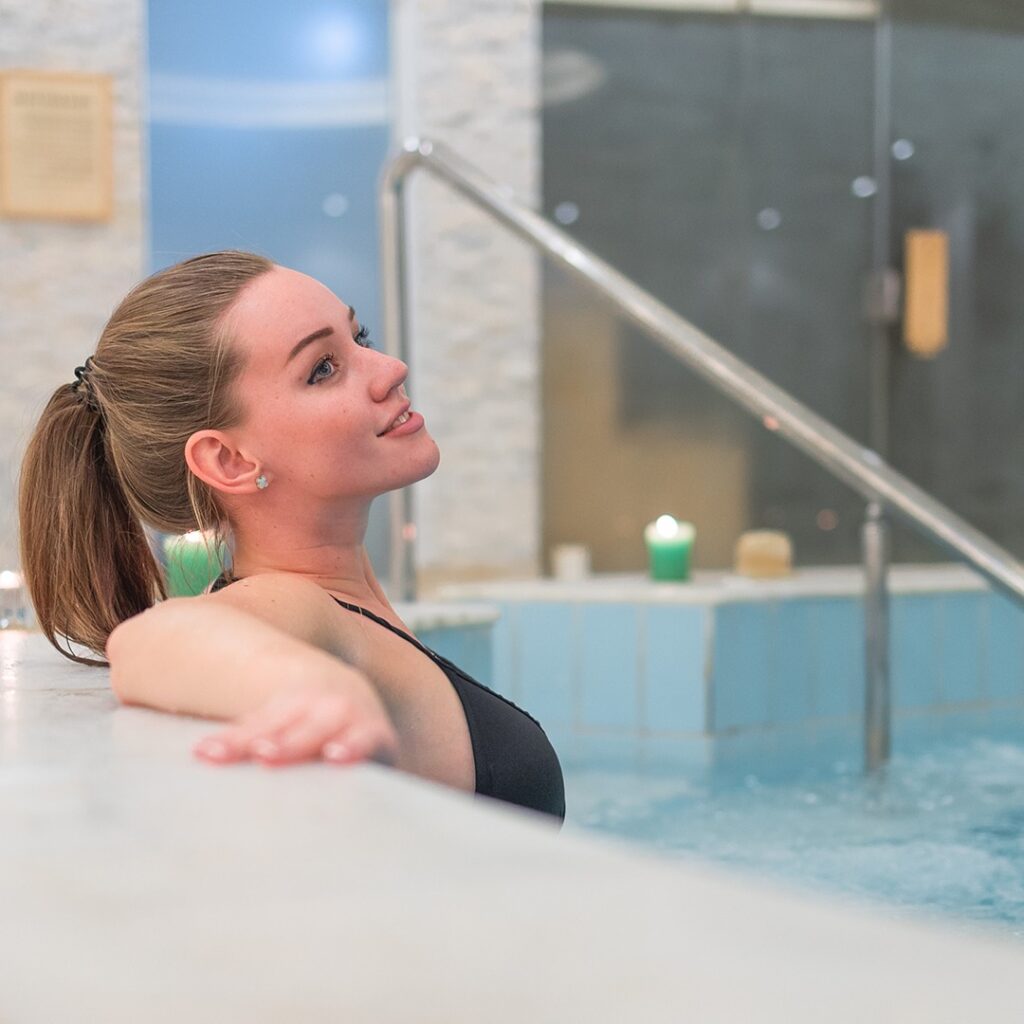
Several social and cultural factors have fueled the rise of wellness tourism:
a) The Stress of Modern Living
As the world grows more digital and demanding, burnout and anxiety have become common. People are actively seeking ways to unplug and reset. Spa retreats and wellness resorts offer safe havens to slow down, meditate, and heal.
b) The Post-Pandemic Mindset
The COVID-19 pandemic was a turning point. It made travelers prioritize health, immunity, and mindfulness. Many now prefer vacations that contribute to long-term wellness rather than short-term enjoyment.
c) The Rise of Conscious Consumers
Luxury is no longer defined by material possessions. Today’s travelers value experiences over things — and wellness experiences, from yoga retreats to sound healing sessions, are the new symbols of sophistication.
d) The Influence of Social Media
Instagram and wellness influencers have turned spa resorts, thermal baths, and detox retreats into aspirational destinations. The aesthetic of self-care — minimalist, nature-based, and serene — has become the new luxury travel language.
3. What Defines a Luxury Wellness Experience

While wellness tourism spans everything from local yoga workshops to medical spa resorts, the luxury segment stands out for its holistic design and exceptional attention to detail.
Here’s what defines a truly luxury wellness experience:
- Location in nature: Mountains, deserts, beaches, and forests are preferred for their grounding energy and natural beauty.
- Holistic programs: Blending physical activity (yoga, Pilates, hiking) with mental wellness (meditation, therapy, mindfulness).
- Personalization: Tailored treatments and nutrition plans based on the guest’s health goals and preferences.
- Sustainability: Eco-conscious architecture, locally sourced ingredients, and minimal environmental footprint.
- Silent luxury: Modern wellness travelers prefer understated elegance — calm environments, organic textures, and authentic hospitality.
Examples include the SHA Wellness Clinic in Spain, the Aman Spa resorts across Asia, and Six Senses Zighy Bay in Oman — all of which combine medical-grade wellness with serene luxury.
4. Spa Retreats: The Heart of Modern Wellness Tourism

Among the many branches of wellness tourism, spa retreats remain its beating heart. A spa is no longer just a place for massages and facials — it’s a sanctuary for transformation.
a) Detox and Cleansing Programs
Many wellness resorts now offer detox packages focusing on body purification through nutrition, hydrotherapy, and massage. Guests often combine juice fasting, infrared saunas, and lymphatic drainage massages to eliminate toxins and restore vitality.
b) Mindfulness and Mental Health Retreats
Silence retreats, meditation camps, and digital detox programs are on the rise. At luxury spa retreats, mental wellness is treated as equally important as physical health. Activities like sound healing, breathwork, and journaling workshops help visitors reconnect with inner peace.
c) Holistic Beauty and Rejuvenation
Beauty is seen as a reflection of well-being. Treatments such as aromatherapy, marine algae wraps, and herbal scrubs aim to nourish the skin and soul simultaneously. In destinations like Bali, Morocco, or the Red Sea coast, these rituals are deeply tied to local culture.
d) Couples and Family Wellness
Wellness tourism isn’t just for solo travelers. Resorts increasingly offer family-friendly or couple-based programs — romantic spa getaways, yoga weekends, and shared mindfulness activities that encourage deeper bonding.
5. Global Hotspots for Wellness Tourism
Let’s explore some of the world’s top destinations leading the spa retreat and luxury wellness movement.
a) Bali, Indonesia – The Spiritual Heart of Wellness
Bali has become synonymous with holistic living. From jungle yoga studios in Ubud to cliffside spas in Uluwatu, the island combines spirituality with natural beauty. Resorts like Fivelements Retreat Bali and Como Shambhala Estate offer plant-based cuisine, Balinese healing rituals, and river meditation sessions.
b) Thailand – The Art of Healing Hospitality
Thailand’s spa culture blends Buddhist philosophy with Thai herbal medicine. The country is home to world-renowned retreats such as Chiva-Som in Hua Hin and Kamalaya Koh Samui, which specialize in detox, weight management, and mindfulness programs.
c) Switzerland – Wellness with Alpine Luxury
Europe’s wellness tourism epicenter, Switzerland offers high-altitude spas and medical-grade treatments. Places like Clinique La Prairie combine science, nature, and luxury — offering rejuvenation therapies in breathtaking alpine surroundings.
d) Egypt and the Red Sea – Healing Sands and Seaside Serenity
Egypt is an emerging destination for wellness tourism, thanks to its combination of healing minerals, natural salt lakes, and luxurious Red Sea resorts. In places like Hurghada and Soma Bay, travelers can enjoy thalassotherapy, desert yoga sessions, and spa experiences infused with Egyptian oils and herbs.
e) Costa Rica – Nature and Nurture
Costa Rica has built a reputation as a leader in sustainable wellness travel. Eco-lodges surrounded by rainforests and hot springs, like Tabacón Thermal Resort, offer experiences rooted in mindfulness and eco-conscious living.
6. The Psychology Behind Wellness Travel

Why do people spend thousands of dollars on a week at a spa retreat instead of a beach holiday? The answer lies in psychological fulfillment.
Modern travelers crave meaning and transformation. A luxury wellness experience offers:
- Restoration: Physical and mental rejuvenation through relaxation and healthy living.
- Self-Discovery: Guided programs that encourage reflection, emotional healing, and self-awareness.
- Belonging: Connection with like-minded individuals and a sense of community.
- Empowerment: Learning practices (yoga, meditation, mindful eating) that guests can continue after returning home.
Wellness tourism is not escapism — it’s intentional travel that promotes a better way of living.
7. How Travelers Choose Their Spa Destination
When selecting a spa or wellness retreat, travelers consider several key factors beyond price or brand reputation:
a) Purpose
Do they want to detox, lose weight, relax, or recover from burnout? The purpose determines the destination and program.
b) Location and Climate
Beach or mountain? Desert or jungle? The natural environment plays a huge role in setting the emotional tone of a wellness journey.
c) Authenticity
Travelers increasingly seek genuine local traditions — Thai massages in Thailand, hammams in Morocco, or Ayurveda in India — rather than generic spa menus.
d) Expert-Led Programs
Luxury wellness resorts employ certified therapists, nutritionists, and spiritual mentors. The credibility of their practitioners is often a decisive factor.
e) Sustainability
Eco-consciousness is now integral to luxury. Guests prefer retreats that respect nature, minimize plastic use, and contribute to local communities.
f) Digital Detox and Privacy
For many high-profile travelers, privacy and disconnection from technology are essential. Remote resorts with no Wi-Fi or phone signal have become highly desirable.
8. The Role of Technology in Modern Wellness Travel
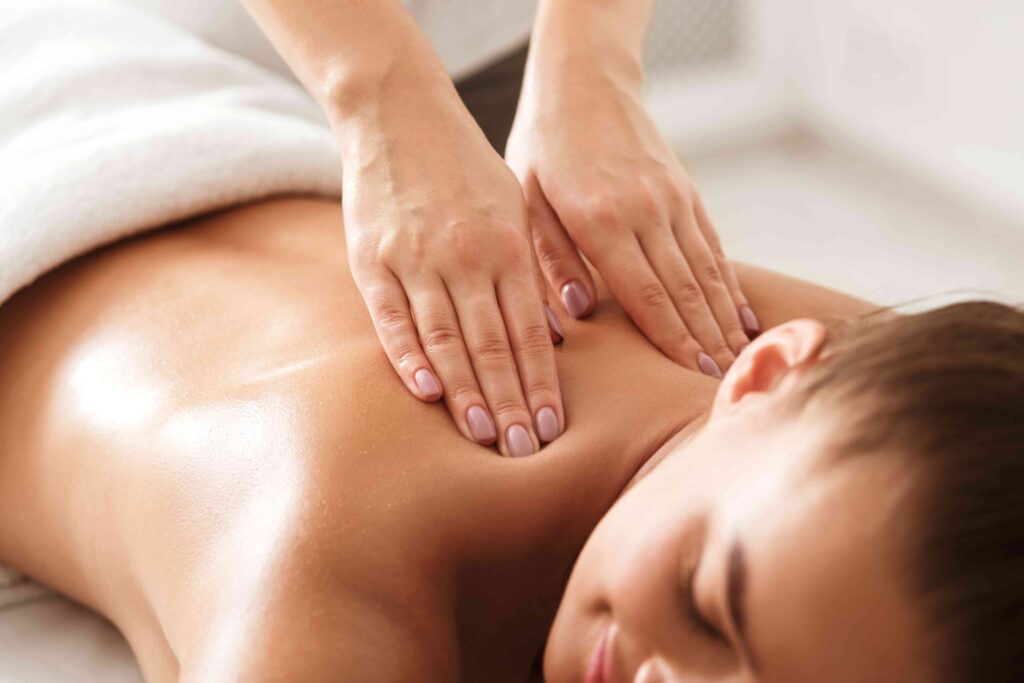
While wellness tourism emphasizes disconnection, technology still plays a supportive role in its evolution.
- Virtual wellness retreats gained popularity during the pandemic, offering online yoga or mindfulness programs.
- Wearable technology (like fitness trackers and sleep monitors) helps personalize wellness programs.
- AI and data analytics in luxury resorts analyze guest preferences to tailor treatments and diets.
In short, technology is being used to enhance personalization — not replace the human touch that defines true wellness.
9. Wellness Tourism and Sustainability
As travelers become more aware of their environmental footprint, wellness and sustainability are merging. Many spa retreats are leading the way by:
- Using renewable energy sources and natural materials.
- Serving organic, locally grown food.
- Offering eco-conscious architecture that blends with the landscape.
- Supporting local communities through employment and cultural programs.
Sustainability isn’t just an add-on — it’s now an essential part of the luxury wellness experience. True well-being cannot exist at the expense of the planet.
10. Wellness Tourism for Every Traveler
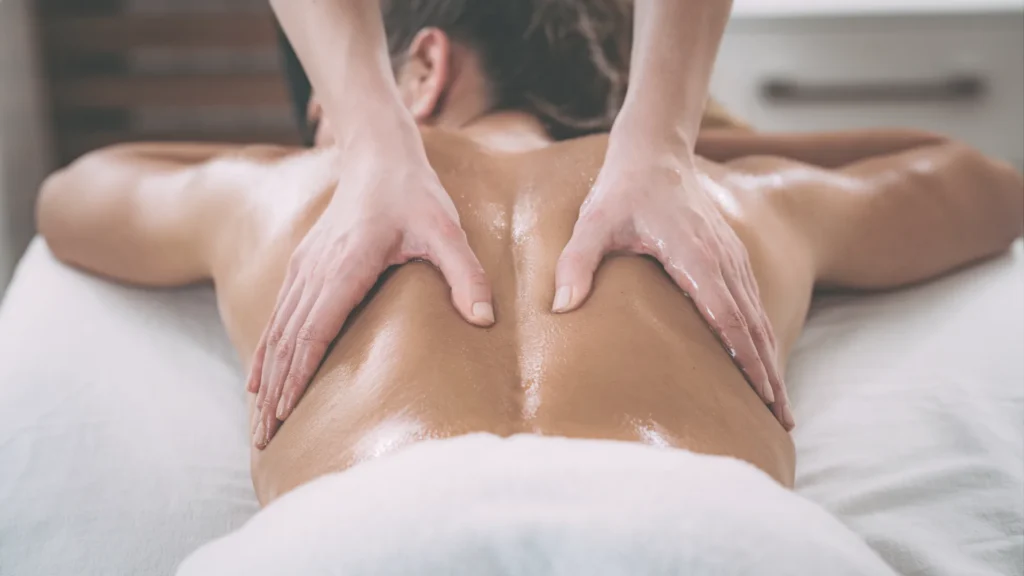
While luxury resorts dominate headlines, wellness travel isn’t limited to the ultra-rich. The industry is evolving to offer accessible wellness experiences for all kinds of travelers:
- Weekend spa breaks in boutique hotels.
- Yoga and surf camps for young adults.
- Wellness cruises combining travel and relaxation.
- Urban retreats offering mindfulness escapes in big cities.
This democratization of wellness travel ensures that anyone seeking balance can find it, regardless of budget.
11. The Future of Luxury Wellness Experiences
Looking ahead, wellness tourism will continue to evolve, integrating ancient wisdom with modern innovation. The next generation of luxury wellness experiences will likely include:
- Regenerative travel: Focusing not just on personal healing but on giving back to local ecosystems.
- Biohacking and longevity programs: Using science and technology to optimize health and slow aging.
- Cultural immersion wellness: Combining local art, music, and spirituality for holistic healing.
- Hybrid wellness resorts: Mixing medical diagnostics with spa therapies for a 360-degree approach to health.
As the boundaries between travel, health, and lifestyle blur, wellness tourism will shape how humanity defines the art of living well.
12. Conclusion: The New Meaning of Luxury
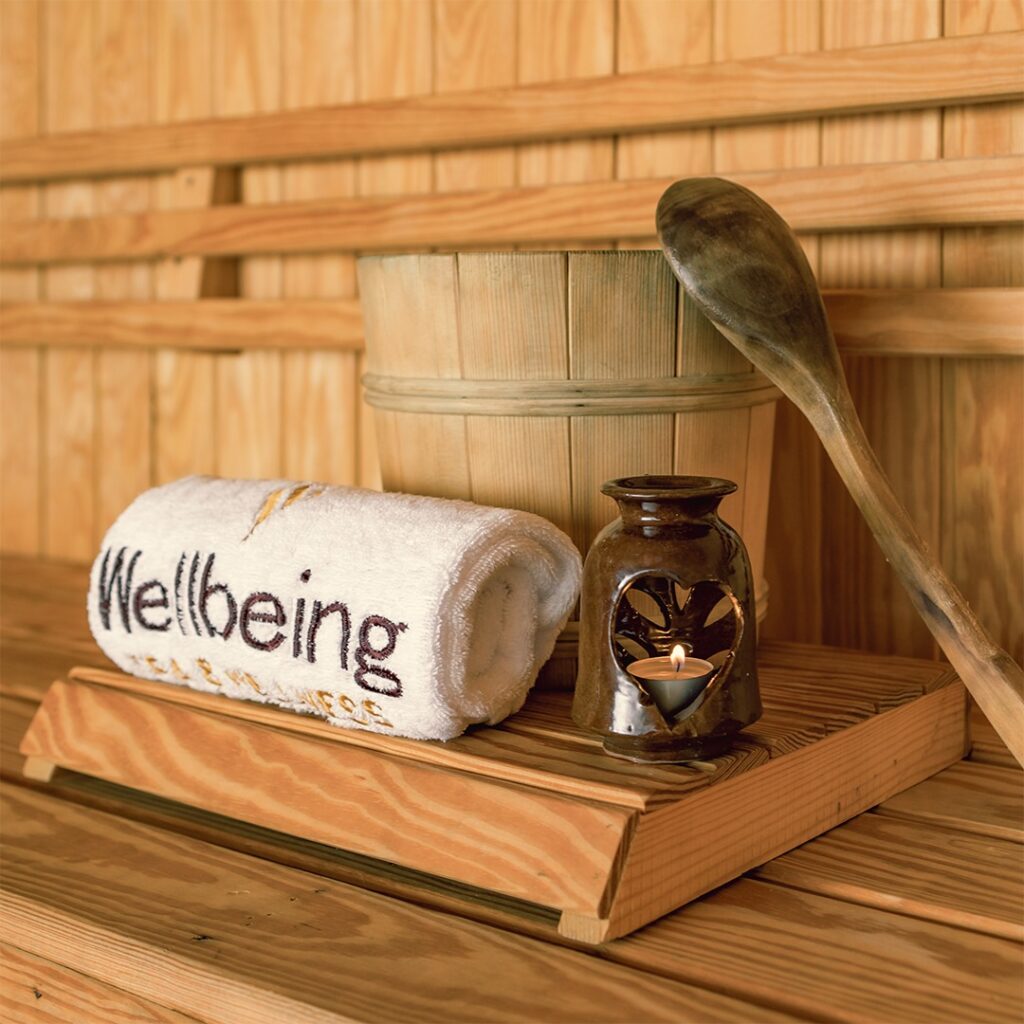
Luxury travel once meant private jets, five-star dining, and exclusive shopping. Today, it means time, peace, and presence. Wellness tourism reflects this profound shift — from consuming to connecting, from excess to essence.
Whether it’s a week-long detox in the Alps, a sunrise yoga session on the Red Sea, or a sound bath under Balinese stars, spa retreats and luxury wellness experiences offer what travelers now desire most: a chance to feel whole again.
In the end, the greatest luxury is not what you own, but how you feel.
And that’s exactly what wellness tourism promises — a journey not just across the world, but deep within yourself.



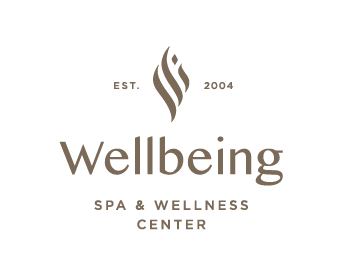


Leave a Reply